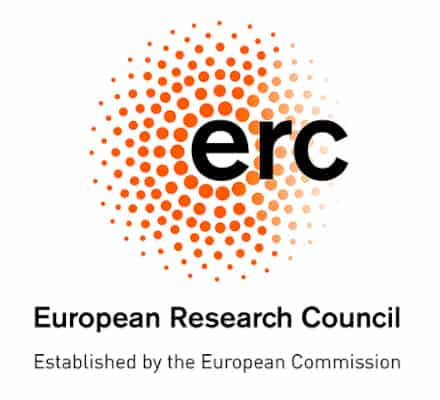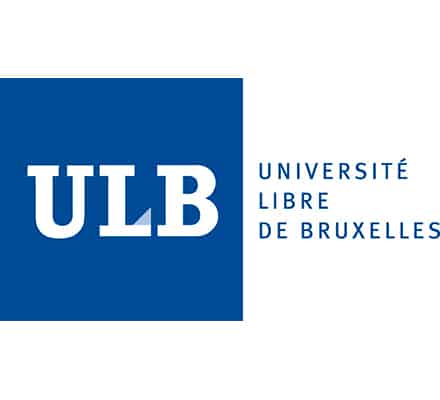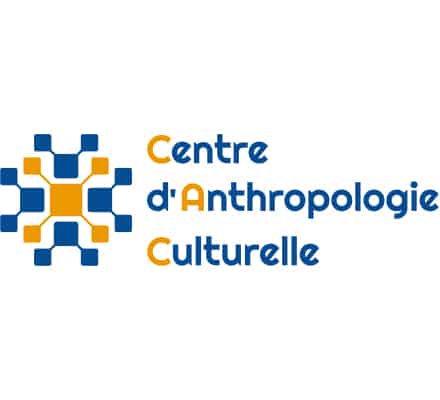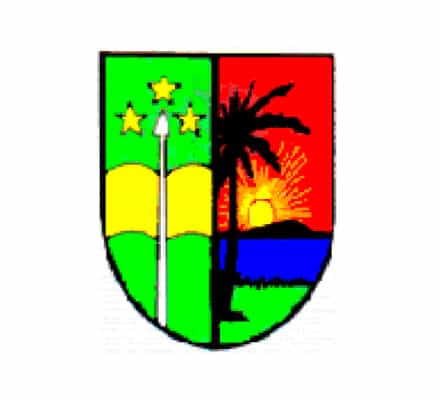From March 2021 to December 2022, David Kopa wa Kopa of the BANTURIVERS team and Nicolas Mombaya Liwila, Emmanuel Ngbanga Bandombele, and François Abuka Balabala Alumesa from the University of Kisangani documented 54 languages found in the northeast of the Congo Basin. Most of the documented languages are Bantu, with the exception of one Ubangi (Mba) and three Central-Sudanic languages (Lingbe, Lombi, and Mangbetu).
As we wrote in the first article of the BANTURIVERS team (Ricquier et al. 2022), the Northeast of the Democratic Republic of the Congo, namely the former Oriental Province, is home to more than 90 languages, of which many are undocumented and some are not even known to the scientific community (e.g. Mokpa, one of the languages of focus in the BANTURIVERS project, as well as several hunter-gatherer languages). Approximately half of this number is Bantu. With goals to create a new classification of the relevant Bantu subgroups and a comparison of river-related vocabulary to study the region’s early history, a large-scale language documentation effort was necessary. Fieldwork of this size can only be collaborative, and considering the COVID-19 pandemic, it came to be entirely in the hands of our colleagues at the University of Kisangani: Nicolas Mombaya Liwila, Emmanuel Ngbanga Bandombele, François Abuka Balabala Alumesa, and our PhD student David Kopa wa Kopa (ULB-UNIKIS). After dividing the area into quadrants centered around Kisangani, we obtained 100-word lists for 50 Bantu language varieties, and a 600-word list and cultural vocabulary list for 36 Bantu languages, primarily those in Tshopo Province, as well as a handful from Maniema and the Kivu provinces. David Kopa wa Kopa also recorded data for four non-Bantu languages.
Preceding this fieldwork campaign, David had already started collecting 100-word lists for the languages of the northeastern DRC. He continued this undertaking early 2021 with interviews in languages such as Ebudja (C37), Bango (C441), Tetela (C71), Kango (D211), the Mwenga variety of Lega (D25) and Songe (L23) among many others. This data enabled us to start off the classification project. In the context of his PhD research, David also gathered data for languages spoken at the lower Lualaba, namely Mbole (D11), Lengola (D12), Metoko (D13), the Enya of Kisangani (D14), Mokpa (D142), and Komo (D23).
When we changed tactics and opted for a larger and more collaborative language documentation effort, David became in charge of the northeastern quadrant. In January and February 2022, he travelled to Wamba, Haut-Uélé Province, and to Nia-Nia and Bunia in the Ituri Province. The Bantu languages in this region mainly belong to the Boan subgroup and the Bonya branch of the Lebonya subgroup. David recorded data for Nyali (D33), Vanuma (D331), Budu (D332), Ndaka (D333), and Mbo (D334) in the latter group, and Bila (D311) and Bira (D32) for the former.
The southeastern quadrant was covered by François Abuka Balabala Alumesa, who conducted interviews in Kisangani and Kindu (Maniema Province). The area southeast of Kisangani is mostly home to Lega languages which are genetically close to or part of the East-Bantu branch (cf. Grollemund et al. 2015). These languages were the focus of François’ fieldwork. He documented the following Lega languages: Metoko (D13), Enya of Kisangani (D14), Mokpa (D142), Songola (D24), Lega-Pangi and Lega-Shabunda (both D251), Kwame (also D251), Zimba (D26), Nyanga (D43), and Bembe (D54). François also conducted a brief interview on Kusu (C72), an Inner Congo Basin language, and on the Luba languages Kwange (D10?) and Enya of Kasongo (D14). Before this fieldwork expedition, the latter was believed to be part of the Lega subgroup, but with the newly acquired data we learned that Enya of Kasongo is not Lega but instead affiliated to languages such as Luba and Songe.
Nicolas Mombaya Liwila headed the southwestern quadrant. His fieldwork took him to various villages in the Basoko, Isangi, Opala, and Yahuma Territories of the Tshopo Province. This area is home predominantly to the Upper Congo languages. Of this Bantu subgroup, Nicolas recorded data for Likile (C501), Lolinga (C502), Mbesa (C51), So (C52), Topoke (C53), Olombo (C54), Lokele Yawembe and Yaokandja (C55), Foma (C56), and Mbole (D11). Nicolas also documented the Inner Congo Basin languages Bokala (C60?), Lalia (C62), and Bongando (C63), and the Lebonya language Lengola (D12).
The northwestern quadrant, finally, was in the hands of Emmanuel Ngbanga Bandombele. Aside from a few interviews in Kisangani, Emmanuel recorded most of his language data during excursions to Banalia, Buta, and Bafwasende. The languages he covered are mostly Boan, namely Apagibete (C401), Kango (C403), Ebaati (C43A), Ebenge (C43B), Boa/Leboale (C44), Leangba/Lehanga (C45), Liliko (D201), and Bali (D21). Emmanuel also recorded data for Ebendza (C41D), which, according to our new classification, is closely related to Ngombe (C41). In December 2022, David concluded our major linguistic fieldwork campaign with interviews on three non-Bantu languages. He recorded vocabulary for the Ubangi language Mba and the Central-Sudanic languages Lombi and Mangbetu. Earlier, in 2020, David had recorded the 100-word list for Lingbe, which we hoped to be a (nearly) extinct Bantu variety, but it is rather our third and final Central-Sudanic language in our survey.






